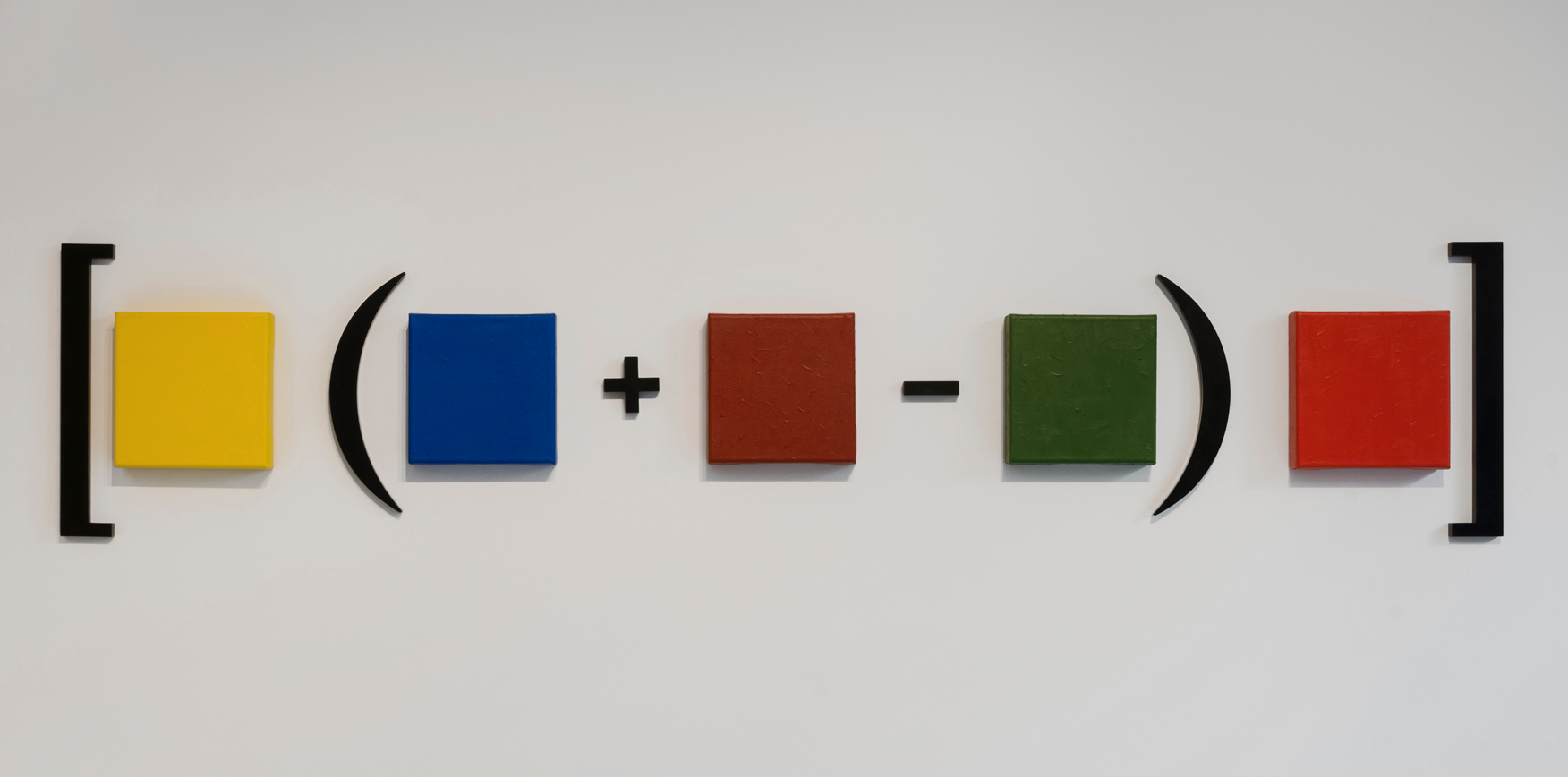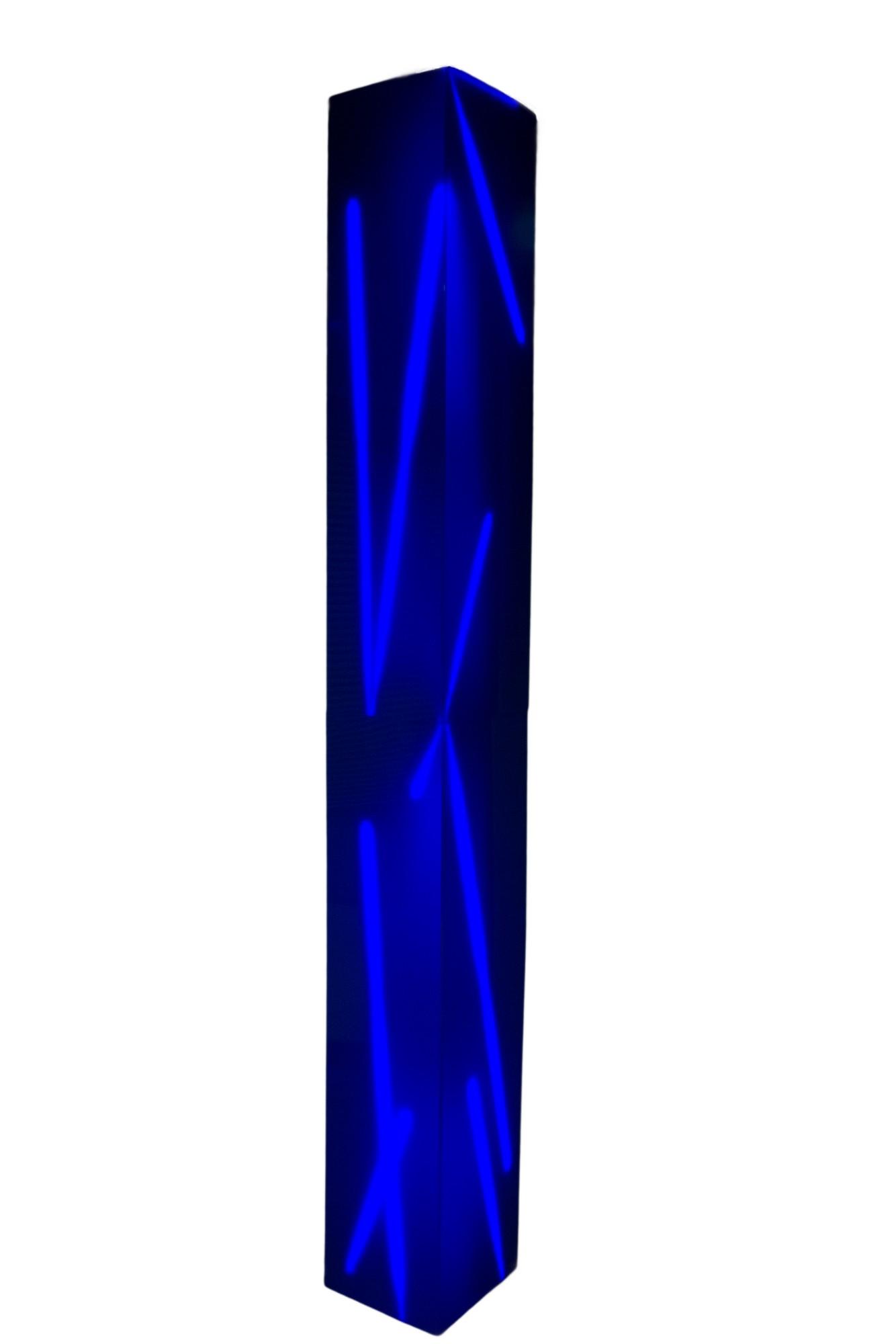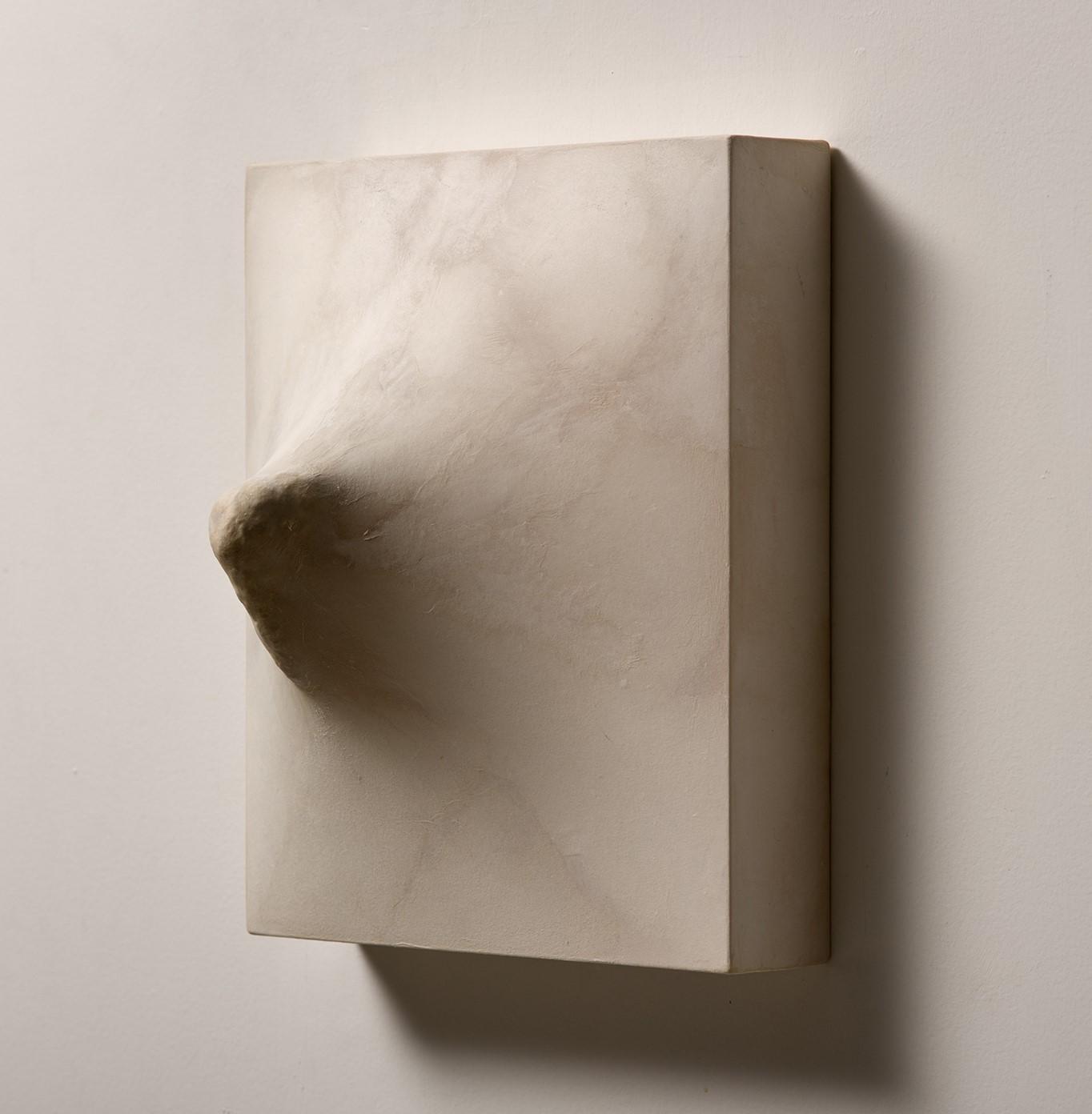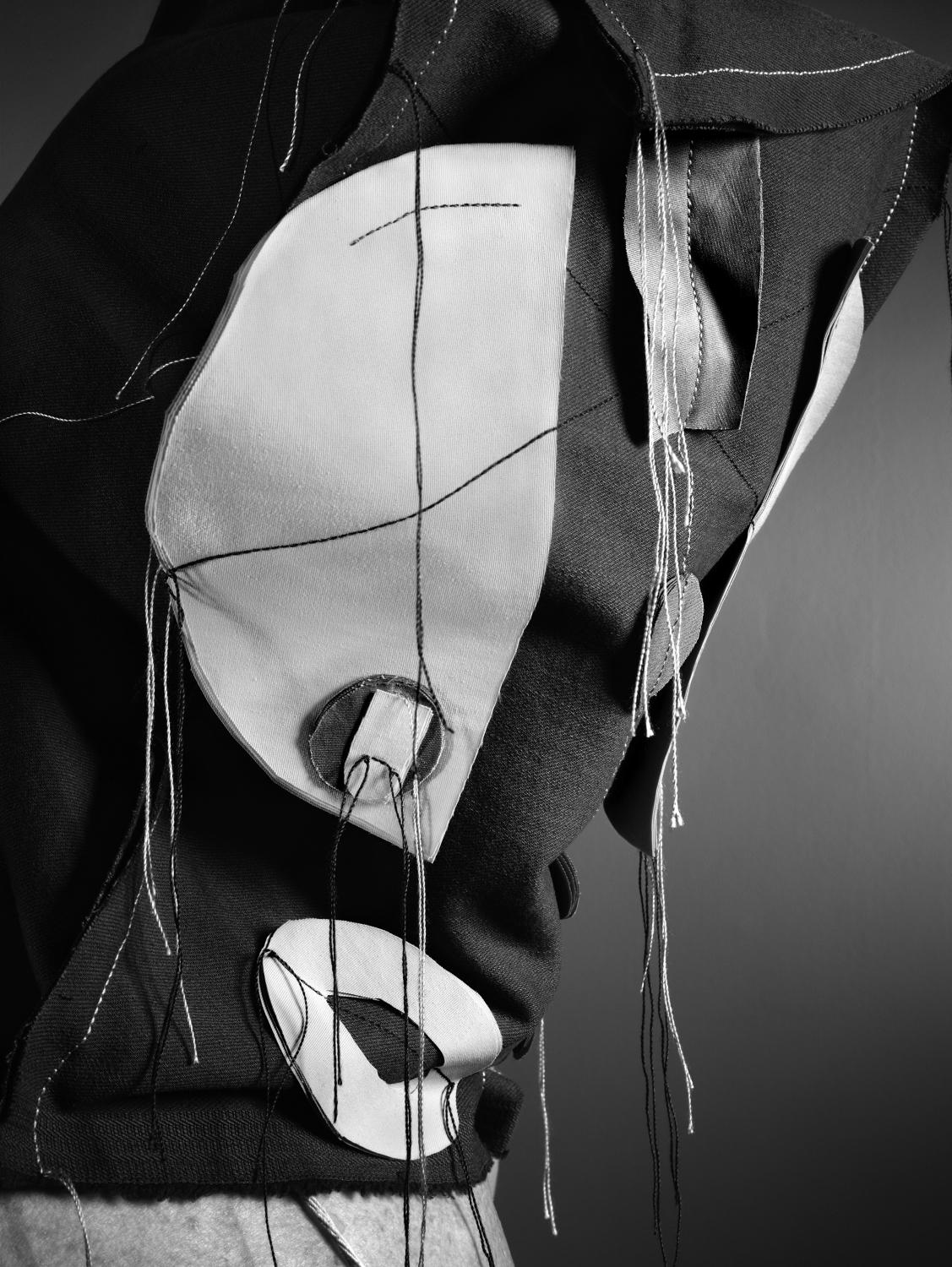“Stories of Abstraction seeks to uncover how Latin American artists have used abstraction as both a vehicle to explore key issues relating to society and a tool to recast sometimes radical civic discourse,” said Gilbert Vicario, the Museum’s Deputy Director for Curatorial Affairs and the Selig Family Chief Curator who curated the exhibition. “The title of the exhibition intends to make clear that there are complex narratives within these abstract works that
connect Latin America to the rest of the world. Abstraction in Latin America didn’t develop independently; rather its genesis is inextricably tied to the region’s history of colonialism, a relationship that is visually evident through formal and conceptual frameworks. This exhibition also furthers the Museum’s dedication to preserving and presenting significant works by Latin American artists, as well as its commitment to developing original scholarship that examines the meaning and underpinnings of abstract Latin American art. As our Phoenix community is more than 40 percent Latinx, Stories of Abstraction offers a timely examination of the visual language of Latin American abstraction that we believe our visitors can relate to and find inspiring and exciting.”
The exhibition also celebrates a 2018 gift to Phoenix Art Museum of 112 contemporary Latin American artworks, including paintings, sculptures, installations, and works on paper, from Nicholas Pardon, co-founder of the former SPACE Collection—the largest collection of post-1990s abstract Latin American art in the United States. Featuring artwork from the landmark gift, which increased the Museum’s holdings of contemporary Latin American art by nearly 300 percent, Stories of Abstraction makes accessible a wide range of compelling artwork from Venezuela, Mexico, Peru, Argentina, Colombia, Brazil, Honduras, and Guatemala by 25 of the most innovative artists working in Latin America in recent years and today, including seven women artists, thus opening a window onto how abstraction is used to visualize the social philosophies of the present.
































